Text
(I think I have copies of the poem itself elsewhere in my files somewhere, but for now I'm glad the post still exists in reblog form.)
Neil Armstrong on the Subway
I always wanted to turn these thoughts into a poem.
I always had something else to do.
I guess it doesn’t matter now
Because it’s only imagination.
It never happened and it can’t
And it doesn’t rhyme and I wrote it fast
And now it’s not like I thought it would be
But here it is, all the same.
Keep reading
58 notes
·
View notes
Note
Sign outside museum: "Mummy Exhibit- Remains to be Seen".

7 notes
·
View notes
Text

The Sun on April 23, 2024 // Steven Christensen
166 notes
·
View notes
Text
I'm not sure, paging @gusgrissom, @moonwatchuniverse, @neilarmstrong, @x-15
Is this a geology field trip?
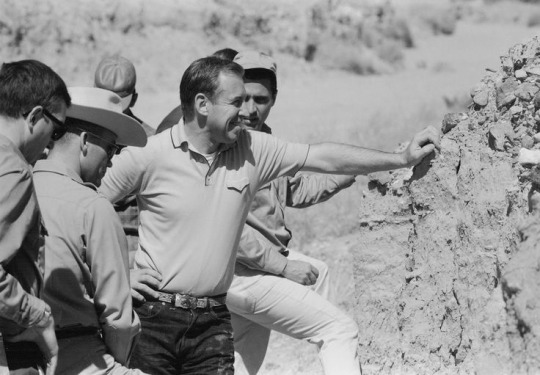
24 notes
·
View notes
Text

Wait, so "party"? f****** yEeaaaa literally Let's start.
572 notes
·
View notes
Photo

A few (very small) illustrations by Nikolay Kolchitsky, done c. 1956-1960
3K notes
·
View notes
Text
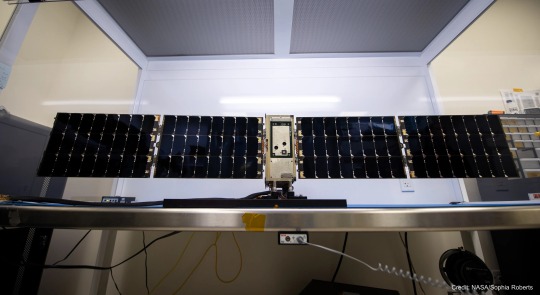
Tiny BurstCube's Tremendous Travelogue
Meet BurstCube! This shoebox-sized satellite is designed to study the most powerful explosions in the cosmos, called gamma-ray bursts. It detects gamma rays, the highest-energy form of light.
BurstCube may be small, but it had a huge journey to get to space.
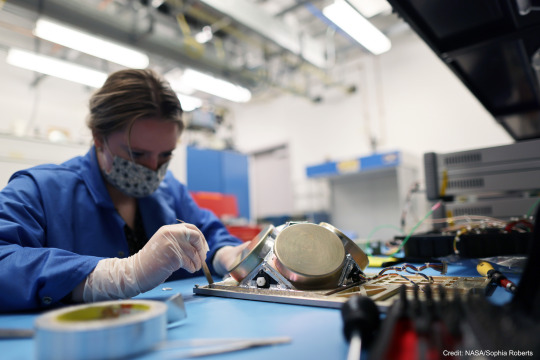
First, BurstCube was designed and built at NASA’s Goddard Space Flight Center in Greenbelt, Maryland. Here you can see Julie Cox, an early career engineer, working on BurstCube’s gamma-ray detecting instrument in the Small Satellite Lab at Goddard.
BurstCube is a type of spacecraft called a CubeSat. These tiny missions give early career engineers and scientists the chance to learn about mission development — as well as do cool science!
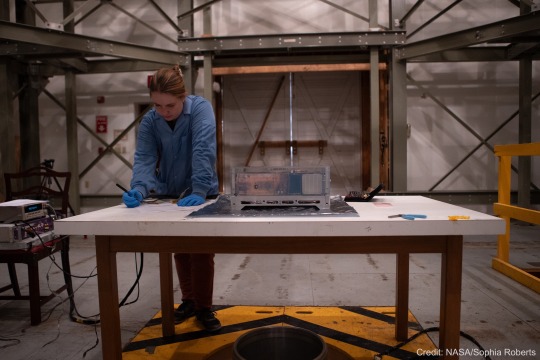
Then, after assembling the spacecraft, the BurstCube team took it on the road to conduct a bunch of tests to determine how it will operate in space. Here you can see another early career engineer, Kate Gasaway, working on BurstCube at NASA’s Wallops Flight Facility in Virginia.
She and other members of the team used a special facility there to map BurstCube’s magnetic field. This will help them know where the instrument is pointing when it’s in space.
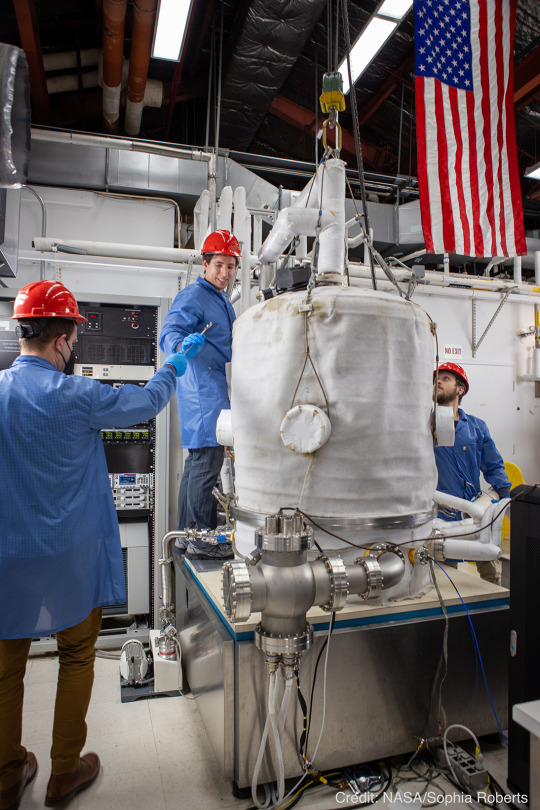
The next stop was back at Goddard, where the team put BurstCube in a vacuum chamber. You can see engineers Franklin Robinson, Elliot Schwartz, and Colton Cohill lowering the lid here. They changed the temperature inside so it was very hot and then very cold. This mimics the conditions BurstCube will experience in space as it orbits in and out of sunlight.
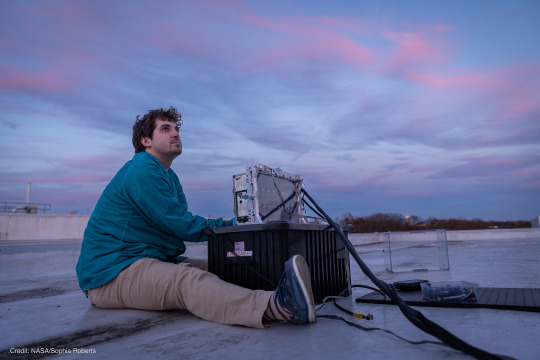
Then, up on a Goddard rooftop, the team — including early career engineer Justin Clavette — tested BurstCube’s GPS. This so-called open-sky test helps ensure the team can locate the satellite once it’s in orbit.
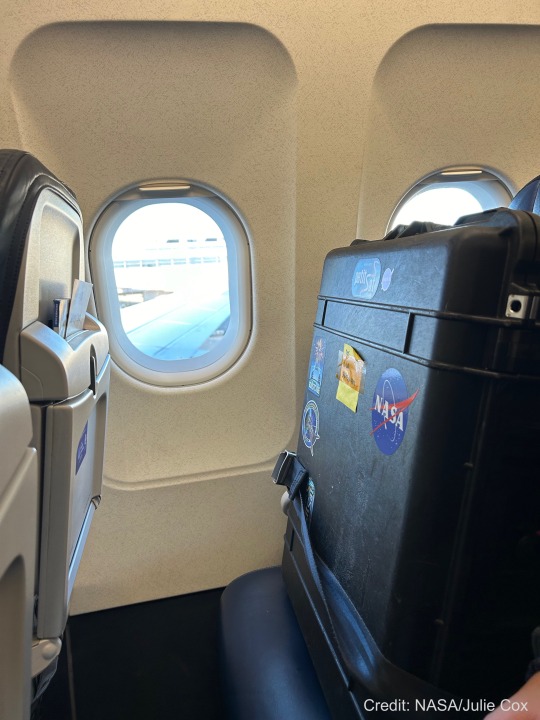
The next big step in BurstCube’s journey was a flight to Houston! The team packed it up in a special case and took it to the airport. Of course, BurstCube got the window seat!

Once in Texas, the BurstCube team joined their partners at Nanoracks (part of Voyager Space) to get their tiny spacecraft ready for launch. They loaded the satellite into a rectangular frame called a deployer, along with another small satellite called SNoOPI (Signals of Opportunity P-band Investigation). The deployer is used to push spacecraft into orbit from the International Space Station.
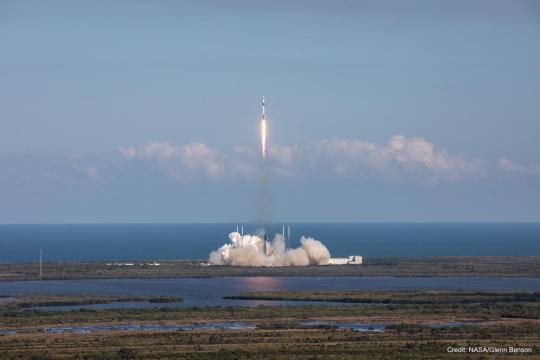
From Houston, BurstCube traveled to Cape Canaveral Space Force Station in Florida, where it launched on SpaceX’s 30th commercial resupply servicing mission on March 21, 2024. BurstCube traveled to the station along with some other small satellites, science experiments, as well as a supply of fresh fruit and coffee for the astronauts.
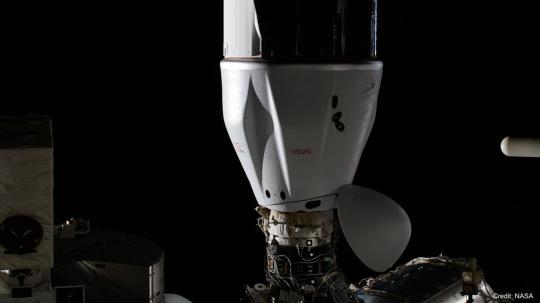
A few days later, the mission docked at the space station, and the astronauts aboard began unloading all the supplies, including BurstCube!
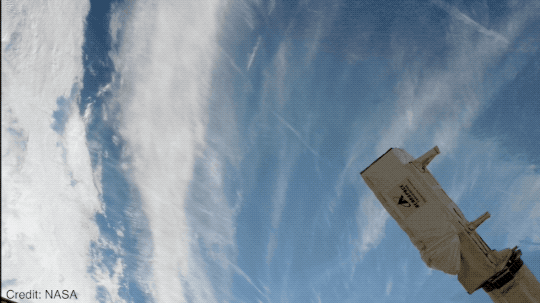
And finally, on April 18, 2024, BurstCube was released into orbit. The team will spend a month getting the satellite ready to search the skies for gamma-ray bursts. Then finally, after a long journey, this tiny satellite can embark on its big mission!
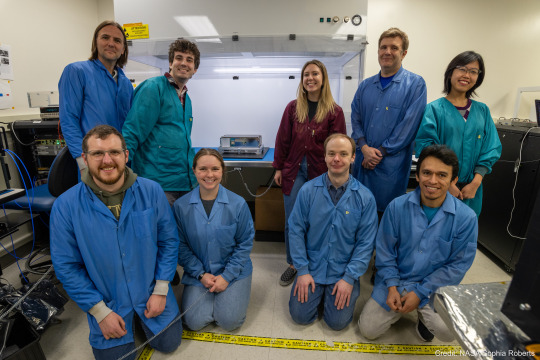
BurstCube wouldn’t be the spacecraft it is today without the input of many early career engineers and scientists. Are you interested in learning more about how you can participate in a mission like this one? There are opportunities for students in middle and high school as well as college!
Keep up on BurstCube’s journey with NASA Universe on X and Facebook. And make sure to follow us on Tumblr for your regular dose of space!
252 notes
·
View notes
Text

Sinner’s finale ✨
*dusts off this account* I keep forgetting that I have a tumblr lmao
6K notes
·
View notes
Text

Reference file: lightning in room
31 notes
·
View notes
Text


It's time for Fossil Friday! Meet Cryptocleidus oxoniensis, a short-necked plesiosaur. Plesiosaurs were large marine reptiles that lived from the late Triassic to the end of the Cretaceous. The plesiosaurs had extensive modifications to the shoulder and pelvic girdles: these elements form large, flat sheets of bone, presumably for the attachment of swimming muscles. Cryptocleidus' trunk was very rigid and short, and the short tail could only function as a rudder, leaving the limbs as its main organ of propulsion.
Photos: © AMNH
Image 1: Cryptocleidus on display in the Museum.
Image 2: Photographic negative of the fossilized remains of Cryptocleidus, circa 1910.
171 notes
·
View notes
Text

Leo & Diane Dillon covert art for LP: Reading Rainbow Songs (1984).
@thewalrusandmeman
980 notes
·
View notes
Photo




Art by Syd Mead. If I understand the source correctly, this one’s called “Innovations,” and is a surrealist city aerial view done for U.S. Steel in 1968.
1K notes
·
View notes



